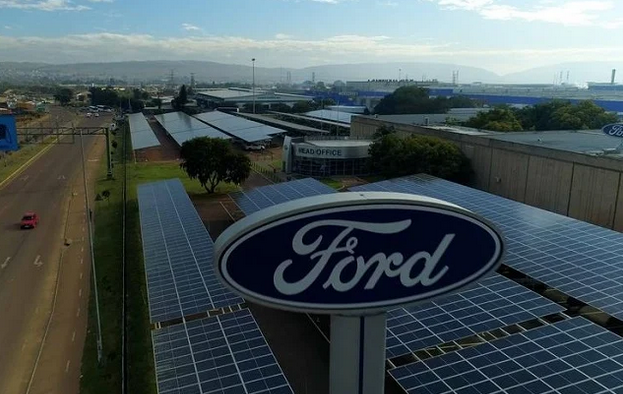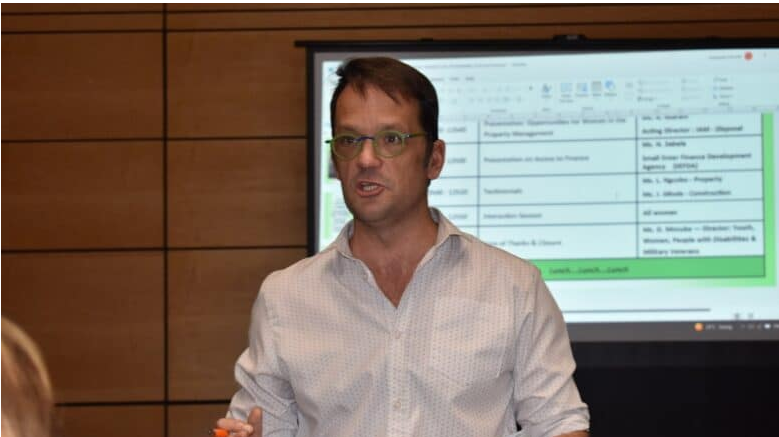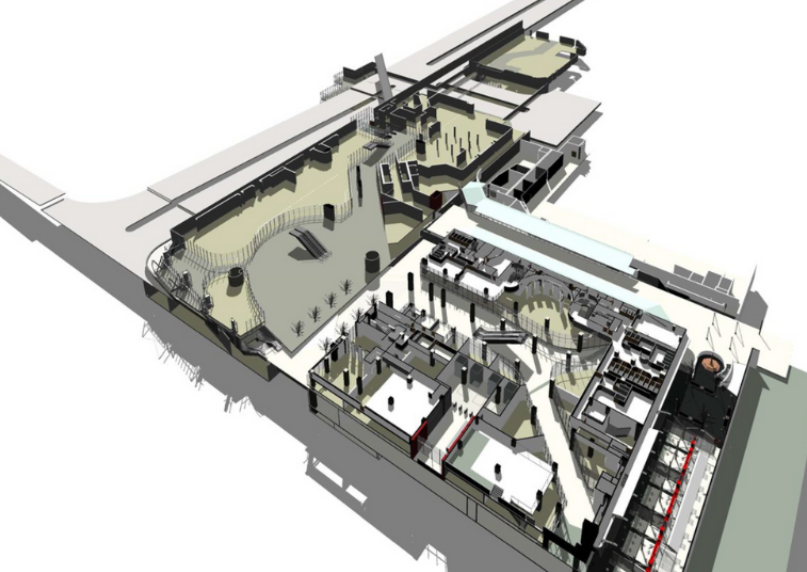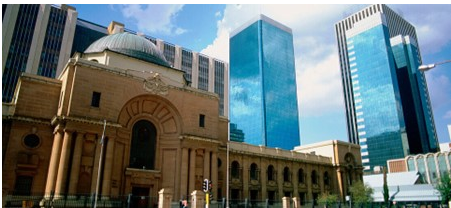Ford aims to take South African mega-factory off Eskom’s grid

Advertising
11-05-2022
Read : 388 times
Business Tech
Source
Latitude: -25.7233447 Longitude: 28.3358004
Vehicle manufacturer Ford says its Silverton Assembly Plant in Pretoria now sources 35% of its electricity supply from solar power. The plant produces the Ford Ranger pickup for domestic sales and exports to over 100 global markets.
It said the move was made following a long-term power purchase agreement with SolarAfrica, with the group installing solar photovoltaic (PV) carports for 3,610 vehicles at the Silverton plant.
The large-scale solar array uses a total of 30,226 solar panels to generate 13.5MW of emissions-free electricity for the Silverton plant. Ockert Berry, vice president of operations at Ford South Africa, said the ultimate goal is to ultimately have the Silverton plant completely energy self-sufficient and 100% carbon neutral.
“This project proudly puts the Silverton Assembly Plant on the map as part of Ford’s commitment to sustainability as we migrate our energy supply from fossil fuels to environmentally-friendly, renewable resources.”
“Through the long-term power purchase agreement with SolarAfrica, this project will also significantly reduce our energy costs, thus improving the efficiency and cost competitiveness of the plant.
“It is another big step forward in modernising our manufacturing operations as we build up to the highly anticipated launch of the must-have product that is the next-generation Ranger later this year.”
Berry said the installation took 599 days and 35,000 man-hours to complete and supported 121 jobs amongst sub-contractors involved in the construction and installation. Approximately 59 tons of steel and 315 tons of aluminium were used for the locally manufactured solar carports.
More than 5,000 metres of medium and low-voltage cabling was used to connect the solar PV panels to 120 three-phase 100kW inverters and eight transformers, before being fed into the Silverton plant. The system is capable of producing 13.5MW of power – which is equivalent to powering almost 224,000 light bulbs, or 12,171 average households, for an entire year.
Ford said the solar PV array will eliminate the equivalent of 20,072 tons of CO2 generated per annum, which is a major step towards achieving its carbon-free emissions targets by 2035.
“With the solar project now complete and fully operational, we are evaluating the next steps for Project Blue Oval as we strive to ultimately have the Silverton plant completely energy self-sufficient and 100-percent carbon neutral,” he said.
Investment concerns
In March, finance minister Enoch Godongwana warned South Africa’s government needs to urgently improve its business and service delivery conditions, or risk losing significant business investments, such as those made by Ford.
“In the City of Tshwane, for example, we are at risk of losing a potential multi-billion-rand investment by Ford in an electric vehicle plant.
“Ford has already invested R16 billion in the Tshwane Automotive Special Economic Zone where it is producing its Ford Ranger model. This is the largest foreign direct investment project our country has seen in recent times and has already created around 8,000 jobs.”
Ford intended to invest further in bringing its electric vehicle production to South Africa. This, however, has been put at risk because the City of Tshwane has been unable and perhaps unwilling to secure the electricity the new plant needs, Godongwana said.
“The Tshwane example reminds us that a deficit of political will at municipal level makes it massively harder than it should be to create conditions for job-rich growth.”
Recent News
Here are recent news articles from the Building and Construction Industry.
Have you signed up for your free copy yet?









